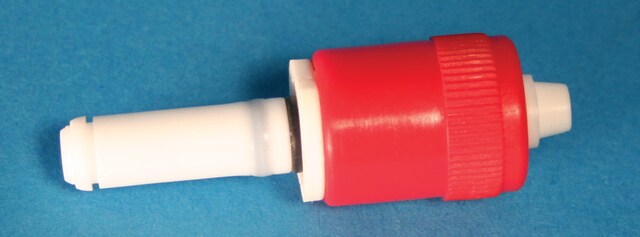860462P
Avanti
N-C16-deoxysphinganine
N-palmitoyl-1-deoxysphinganine (m18:0/16:0), powder
Sinónimos:
N-hexadecanoyl-1-deoxysphinganine (m18:0/16:0); N-C16-1-deoxyDHCer; 110960
About This Item
Productos recomendados
Análisis
>99% (TLC)
formulario
powder
envase
pkg of 1 × 1 mg (860462P-1mg)
pkg of 1 × 5 mg (860462P-5mg)
fabricante / nombre comercial
Avanti Research™ - A Croda Brand 860462P
tipo de lípido
sphingolipids
bioactive lipids
Condiciones de envío
dry ice
temp. de almacenamiento
−20°C
Categorías relacionadas
Descripción general
Acciones bioquímicas o fisiológicas
Envase
Información legal
Código de clase de almacenamiento
11 - Combustible Solids
Clase de riesgo para el agua (WGK)
WGK 3
Certificados de análisis (COA)
Busque Certificados de análisis (COA) introduciendo el número de lote del producto. Los números de lote se encuentran en la etiqueta del producto después de las palabras «Lot» o «Batch»
¿Ya tiene este producto?
Encuentre la documentación para los productos que ha comprado recientemente en la Biblioteca de documentos.
Nuestro equipo de científicos tiene experiencia en todas las áreas de investigación: Ciencias de la vida, Ciencia de los materiales, Síntesis química, Cromatografía, Analítica y muchas otras.
Póngase en contacto con el Servicio técnico








